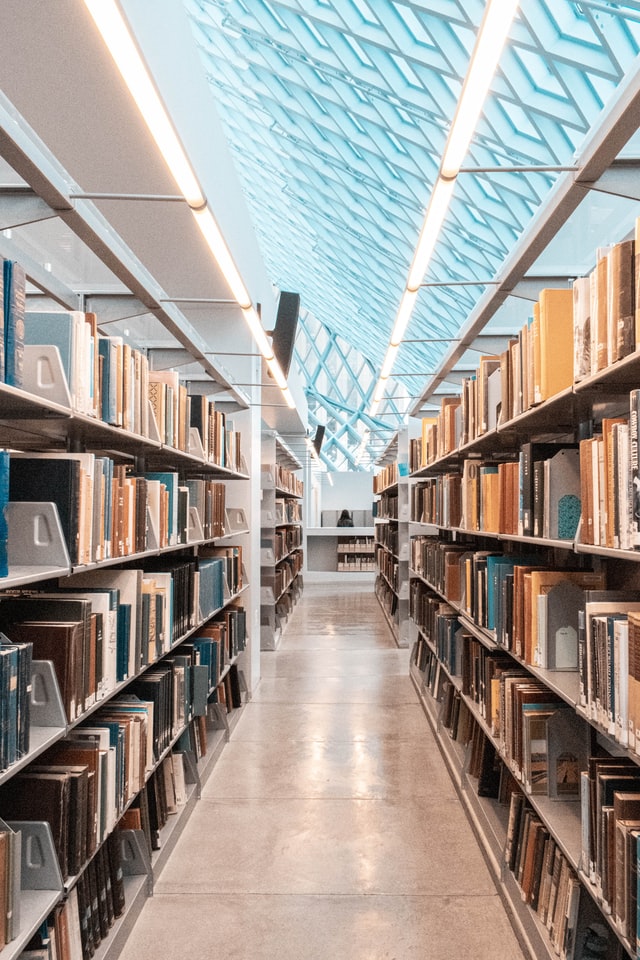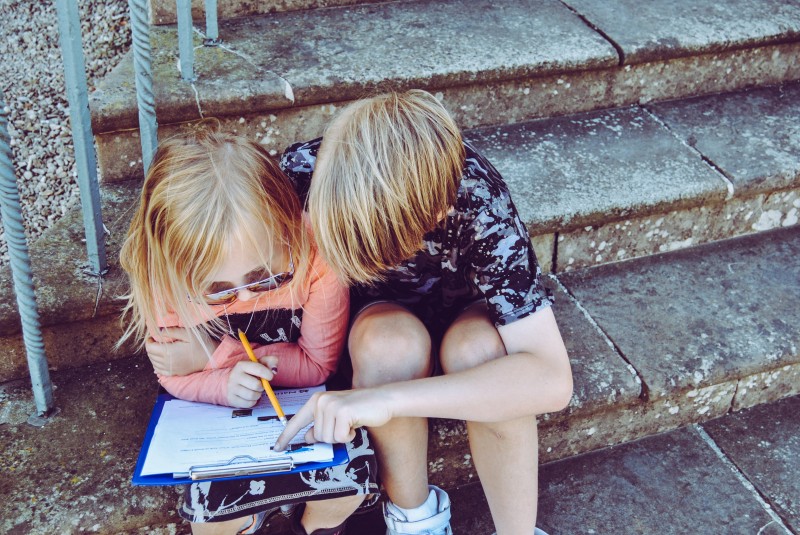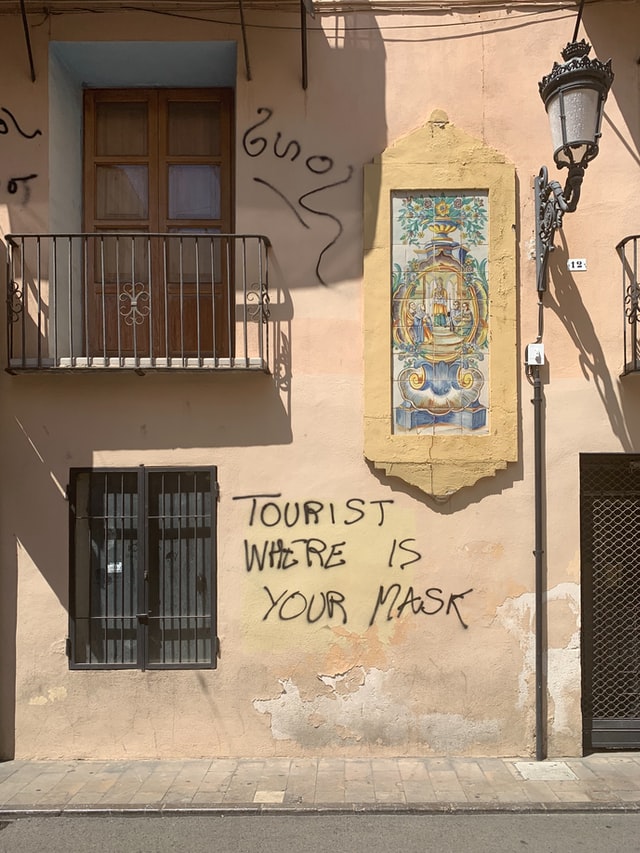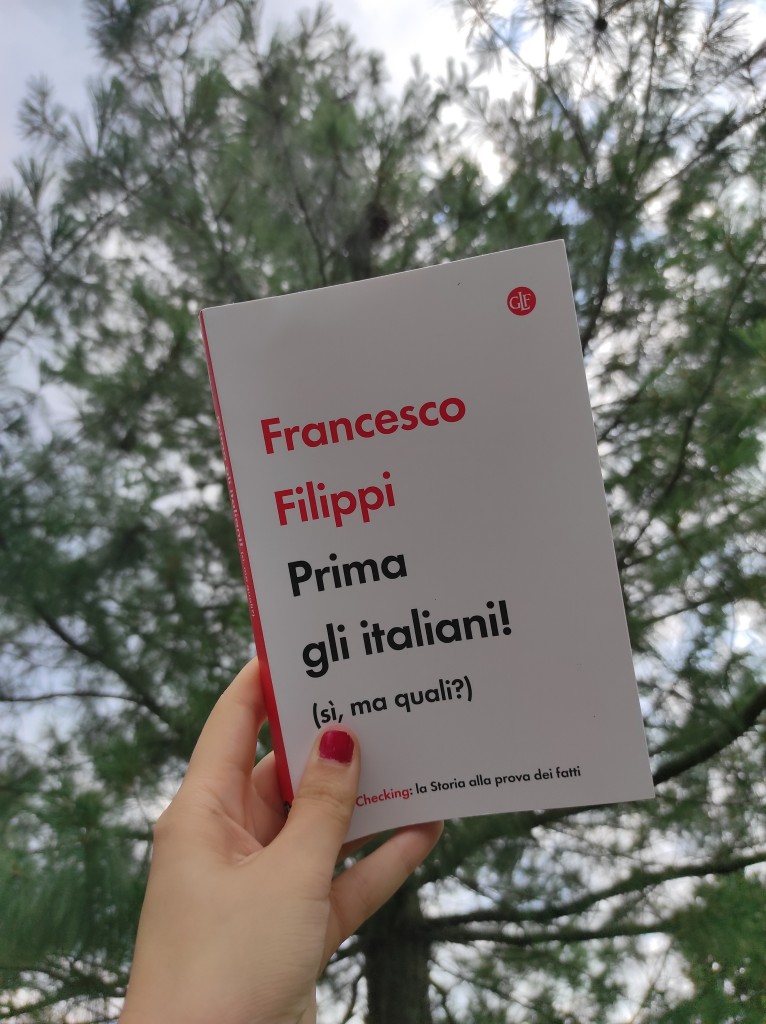Virtual and open access: cultural offer after 2020
In the post-pandemic scenario society seems to move towards a more democratic approach to culture. What has changed from 2019, and what changes are necessary to ensure that this transition towards digital mediums won’t be yet another privilege wealthiest countries have?

In his most famous work, The City of the Sun, philosopher Tommaso Campanella described an utopian city where the walls were not just means of defence but also means of education. They were covered by illustrations portraying mechanical, botanical, astronomical and mathematical concepts, like a life-sized illustrated encyclopedia. Nowadays, our society is far from the egalitarian utopia, yet any of us can virtually carry the entire human knowledge in the palm of its hand. Virtually, because, even though some progress has been made over time, it’s still difficult to freely access most contents. Of course, academics and creators must be paid for their research and efforts, yet the pandemic has shown how a more democratic approach to knowledge is possible without sacrificing merits and credits.
With the pandemic most nonessential services were temporarily shut down, some times for weeks, some times for months: among them cultural public institutions like libraries and museums. The United Nations report “Museums around the world in the face of COVID-19” underlines how the growing relevance of digital technologies in the cultural sector was further demonstrated by the transformation of many activities planned in 2020, “including ongoing exhibitions, conferences, and outreach activities, to digital, in order to bring them to life on the Internet”. From the Louvre to the Vatican Museums, many cultural institutions have created online tours in order to allow people all over the world to explore spaces, art collections and exhibitions. This doesn’t seem to be a fleeting trend: last December the Gallerie d’Italia museum inaugurated the virtual exhibition, accessible for free on their website, “Tiepolo. Venezia, Milano, L’Europa”, while in June the Poldi Pezzoli Museum created a virtual tour of the exhibition “The Shape of Time”, offering at the same time virtual guided visits on Zoom and opening the exposition space for those who have the opportunity to undertake a more traditional approach.
Another important signal came from the publishing industry. During the pandemic, e-book sales have, unsurprisingly, risen. Ebooks may not be as poetic as books, yet they are cheaper, easier to store and more comfortable to travel with than paperback books. With “physical” libraries closed and book lending suspended, media libraries’ numbers have increased exponentially. For those who could not leave their homes, digital lending came to the rescue. Media Library OnLine (MLOL) is the first Italian network of public, academic and scholastic libraries for digital lending. Through the MLOL portal, users can access “the digital collection of the online library for free: ebooks, music, films, newspapers, databases, online training courses (e-learning), image archives and much more”. As of today, the MLOL website reports that its network includes more than 5,500 libraries from 19 Italian regions and 9 foreign countries. MLOL also reports that, between February 24 and March 24 2020, ebook lending increased by 104% compared to the same period in 2019. The importance of digital lending, even in normal circumstances, is that it allows access to a vast selection of books and other media to an audience that stretches far beyond the limits of a neighbourhood or a small town. Also, digital lending means that many people that cannot afford books can simultaneously read the same title on their digital devices.
Even BookCity, a cultural initiative organised by the city of Milan, went online in 2020. The 2020 edition, which featured authors such as Jonathan Safran Foer, Daron Acemoğlu, Bernardine Evaristo, Zadie Smith and Nassim Nicholas Taleb, has reached a larger audience compared to past editions. This happened because when the conferences usually took place, most people were at work or attending a lecture at the university, while now that they are available online many more people have had the opportunity to watch them. Recording and uploading conferences is not a new phenomenon, as the enduring success of the website TED.com shows, however attending online conferences will become part of our routine. The Inside Look report published by Eventbrite, event management and ticketing website, reveals that by June 2020 attendees were spending 28x more time attending virtual events than they had been in January of 2020. In 2020, nearly 75 million attendees registered for more than one million virtual events on Eventbrite and logged over 100 million hours.
Online events allow to engage communities on a global scale, while open access resources (like e-books borrowed from an online library) are a safe way to enjoy content without resorting to piracy, the wrong, even though sometimes the only, answer to the problem of unequal access to cultural resources. This phenomenon, however, is just half of the problem: in fact, as the UN report underlines, “half of the world’s population currently has no access to the Internet” adding that “[the growing imbalance] risks aggravating existing inequalities and widening the creative and technological gap in the course of this digital transition, which is already well underway”. UN Deputy Secretary-General Amina Mohammed last April warned the General Assembly that, without decisive action by the international community, the digital divide will become “the new face of inequality”.
If the infrastructure of the Web has let down many expectations concerning openness and transparency on the political side, this is less true on the cultural side. The wider audience offered by the internet and social media is not just a more efficient way to spread ideas, but also an opportunity to engage communities in an unprecedented way. Since curiosity and creativity drive development, on an economic and a human level, it is vital to work both on the digital divide and on ways to allow a more equal access to scientific, literary and creative contents, otherwise many of our efforts as international community will be in vain. Internet and AI technologies give us the opportunity to make experiences that transcend time and space, to become part of a wide and rich ensemble of scenarios, yet we can’t forget those who are not even in the condition to send an email, for one can grow only as much as the means he possesses allow him to.
Elisa Brivio
Sources:
https://unesdoc.unesco.org/ark:/48223/pf0000373530
https://www.medialibrary.it/pagine/pagina.aspx?id=27
https://www.youtube.com/channel/UC1A5TuOscHQHRtxtga0EgfQ/videos?view=0&sort=p&flow=grid
https://bookcitymilano.it/storage/app/uploads/public/60d/35a/0cb/60d35a0cb054f344477640.pdf
https://www.ilpost.it/2020/03/26/coronavirus-biblioteche-ebook/
https://news.un.org/en/story/2021/04/1090712
https://www.eventbrite.com/blog/eventbrite-inside-look-report/
Online virtual tours:
https://www.louvre.fr/en/online-tours
https://www.gallerieditalia.com/virtual-tour/tiepolo/
https://museopoldipezzoli.it/tutti-gli-eventi/la-forma-del-tempo/
https://www.museivaticani.va/content/museivaticani/en/collezioni/musei/tour-virtuali-elenco.html
Image credits: brown wooden book shelves in library by Shunya Koide on Unsplash



